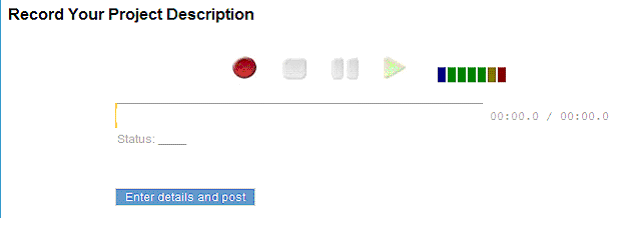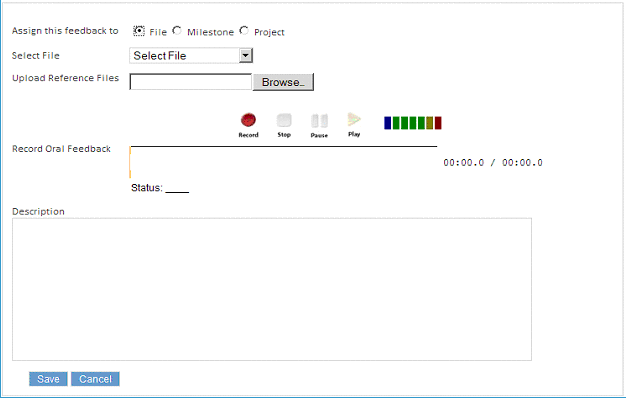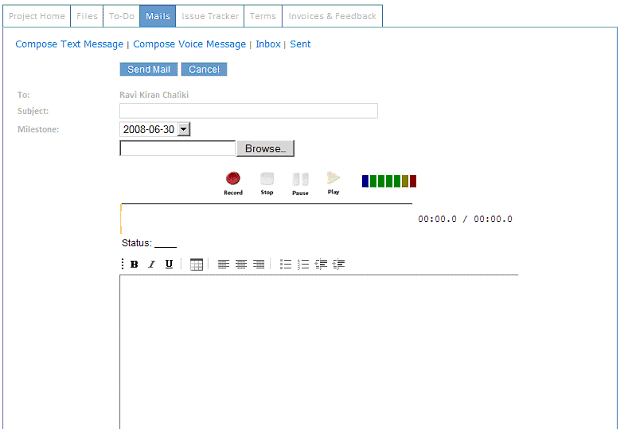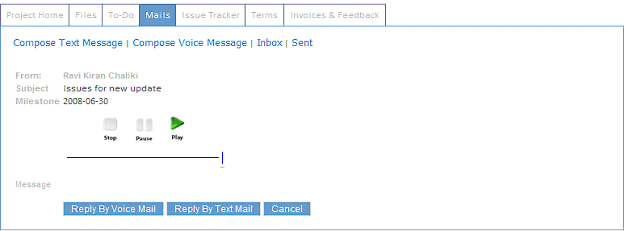I had written two guest posts recently. The first is on Small Business Trends. I wrote on how small businesses have to learn to delegate and to outsource.
As a small business grows, and as the scale at which a task is done increases, you have to find ways to get the time to focus on the bigger picture. If you don’t, you
will get caught up in myriad routine activities, and can’t progress on strategic areas of your business. You have to make time to steer your business in the right direction. And you can do that by delegating work to others, by outsourcing, and at times, it’s as simple as asking other party to visit your office instead of you visiting them!
The post has 35 comments as of now. Thanks to every one who commented. I am hoping to make it 70. It will be great if you can comment on it!
And the second is on SMBCEO. I wrote about smart ways to finance your business.
If you are creative, you will be able to fund your business in a number of ways:
• You could negotiate longer credit period from your suppliers (with a good business plan or sheer perseverance). Preferably, if your customers pay you faster than you have to pay your suppliers (even by narrow margin), then you need much lesser capital
• You could try an alternative pricing structure, say a 10-20% discount to customers who pay upfront, as the woman in our first example did
• You could pay your suppliers in installments
• You could ask your employees to work for stock options for part of their salary
• You may lease your company assets rather than buy them
• You could barter a portion of your service, e.g., you are good at writing/business consulting/marketing or even giving business leads! while a friend is good at graphic design. You could swap those services for each other, (not to mention pitching for common clients)
• You could choose services/products that don’t take too long to build
Hope you like both the posts!
* * * * *
About the author: Chaitanya Sagar is the Co-Founder and CEO of p2w2, an online marketplace for services like writing, software, graphic design, virtual assistance, business consulting and research. Chaitanya blogs at p2w2 blog (RSS). He is fascinated by entrepreneurship and the difference technology can make in people’s lives.











